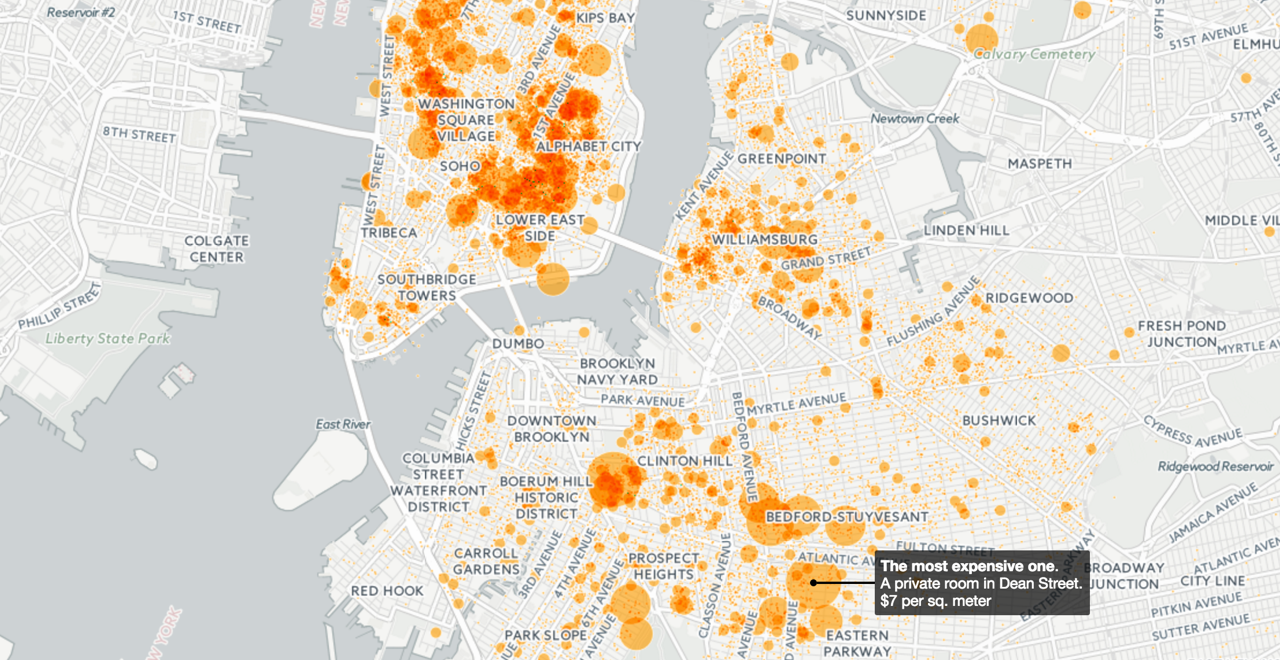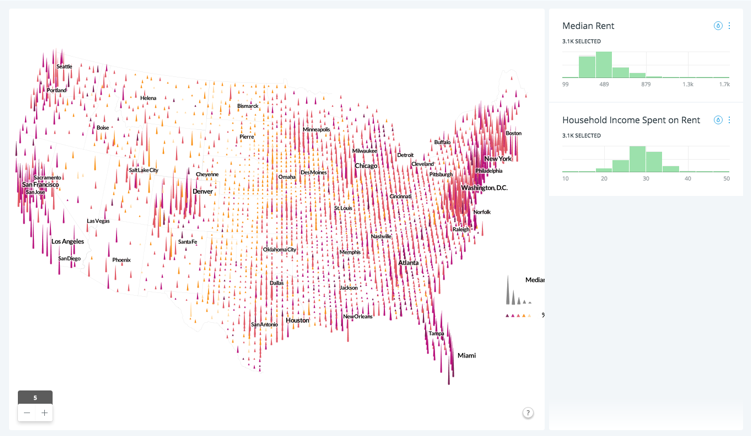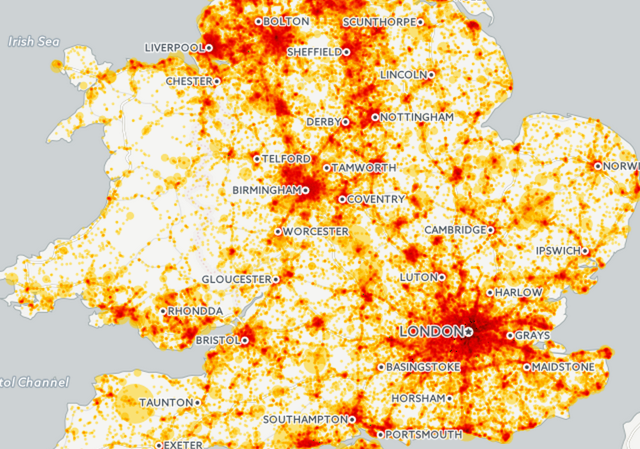Posts by: Sergio Álvarez
-
From the very beginning, CartoDB has focused and researched how to make visual exploration of location data easier and more compelling. For most of that research, we rely on standard languages that are easy to use and learn, such as SQL and CartoCSS.
Now, we are taking CartoCSS a step further and adding new capabilities centered on data-driven styling. We’ve done this before with torque.js.
-
Lately, there has been a lot happening at CartoDB related to the visual exploration of location data. We’ve been researching, for quite a while, new ideas for visualizing thematic information on the web. Apart from color, we might have something to share with you soon, we are investing time experimenting with different methods for symbolizing data, and a set of tools to drill-down into other (non-visual) attributes of the data.
-
Sync Tables are my favorites; having almost real-time maps without having to code a single line is something that I find amazing, even if this element has been a CartoDB staple for a long time now. This is my personal tribute to the feature, and a list of ideas that I hope you find inspiring.
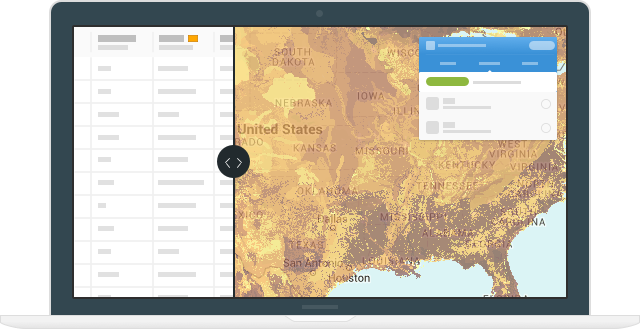
-
A few months ago we announced our brand new free basemaps—Positron and Dark Matter—built with OpenStreetMap data and designed with the help of our friends at Stamen; your data will absolutely pop when using them.
-

We’re excited to announce that Carlos Tallón is joining CartoDB. Carlos was previously lead designer at Minijuegos.com. He has excelent taste in design and aesthetics and awesome iconography skills. Carlos will be helping our community grow and make the CartoDB Editor even simpler to use.
-
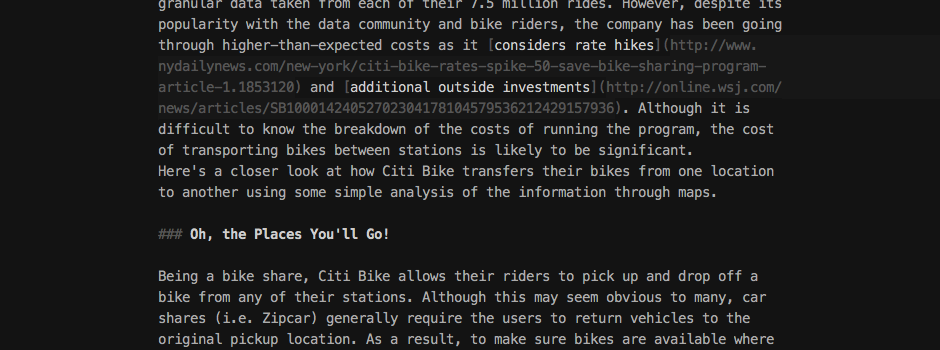
If you’re following our repositories or you are using Odyssey.js you will have discovered that we’ve been using markdown a lot during the last few months.
The Markdown language was created in 2004 by John Gruber, with substantial contributions from Aaron Swartz. Its goal is to allow people “to write using an easy-to-read, easy-to-write plain text format, and optionally convert it to structurally valid XHTML (or HTML).” Because Markdown text files are plain text, you can use almost any text editor to open them.

